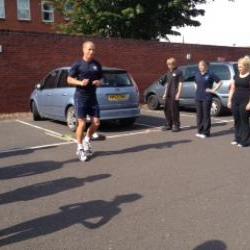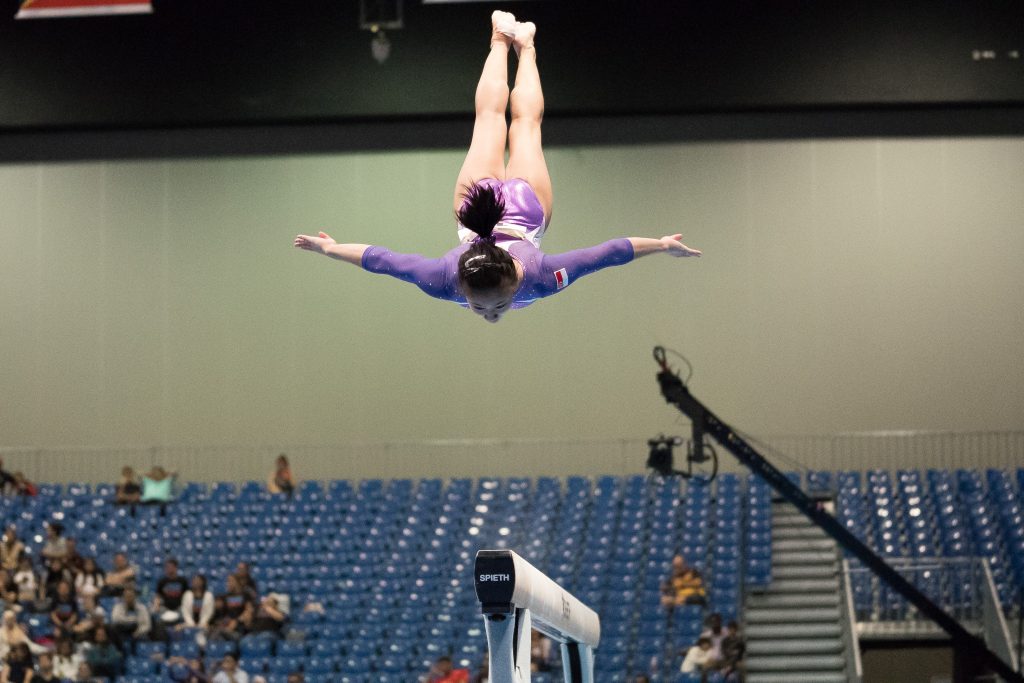Posts Tagged ‘power’
Free the children
Have you been to a zoo recently? You might see a collection of animals behind bars. They have some space to roam but, for the likes of the speedy cheetahs, not enough to get up to full speed and hunt. They were born to do this. I have written previously about the stunted development of…
Read MoreSpeed and Power Training for Gymnasts
How to get faster for gymnastics
 I presented two workshops last month at a conference for gymnastics coaches: speed training and plyometrics myths.
I presented two workshops last month at a conference for gymnastics coaches: speed training and plyometrics myths.
The coaches ranged in age, experience and their gymnastic discipline.
There is no one size fits all approach to gymnastics, so I tried to cover the underlying principles first so that the coaches could then apply it in their own context.
Read MoreForce, power or acceleration?
“What is power?”
Was my opening question at yesterday’s Continuing Professional Development (CPD) workshop for strength and conditioning coaches.
“Force times velocity” was the text book response from the ex- students.
They are of course technically correct, but how does this affect how we train our athletes? What about momentum, force, impulse, velocity, mass and acceleration?
Read MoreWhat is Dynamic Correspondence?
Dynamic Correspondence: Is it misunderstood?
The greatest challenge for any strength & conditioning/athletic development coach is to elicit specific adaptions on the athlete in order to gain an advantage on the field of play. Specificity can arise in the form of biomechanical, metabolic, or psychological adaptations1. However, recent focus on specificity has taken on a new chapter, with the development of Siff & Verkhoshansky’s2 dynamic correspondence model.
Read MoreStrength and Power Concepts, Jim Radcliffe
“The best way to get in shape is not to get out of shape.”
Jim Radcliffe has been coaching at Oregon University for 26 years (That is longer than most “S&C coaches” in the UK have been alive). Unlike a lot of people who have been in situ for a long time, he isn’t resting on his laurels in a comfort zone of repeating the same thing year after year.
Read More



